I'm trying to obtain the expression of the noise figure defined for this circuit :
The transistor is in saturation, and strong inversion. The flicker noise can be ignored.
Here is my attempt:
For the output noise of \$R_s\$, I just multiplied the noise voltage of \$R_s\$ by the common source gain.
For the output noise of \$r_g\$, I just multiplied the noise voltage of \$r_g\$ by the common source gain. I'm not sure if I can do that.
For the output noise of the noise current \$i_{d,M1}\$ , I modeled that current source by a voltage source in series with the gate \$4kT\phi/g_{m1}\$ and just multiplied that noise voltage by the common source gain, can I do that?
And for the output noise of RD, it's the noise voltage source of RD itself.
The total noise at the output would be the sum of all of these. Is everything correct?

